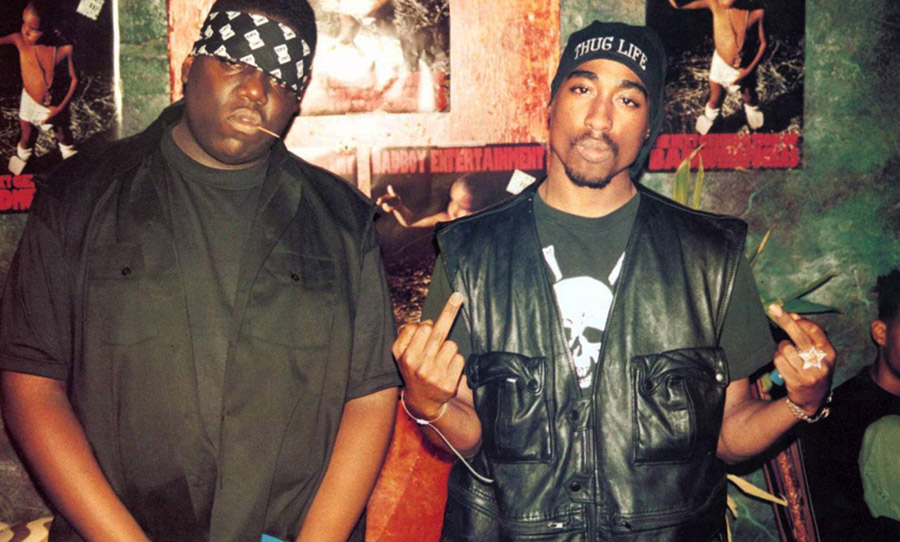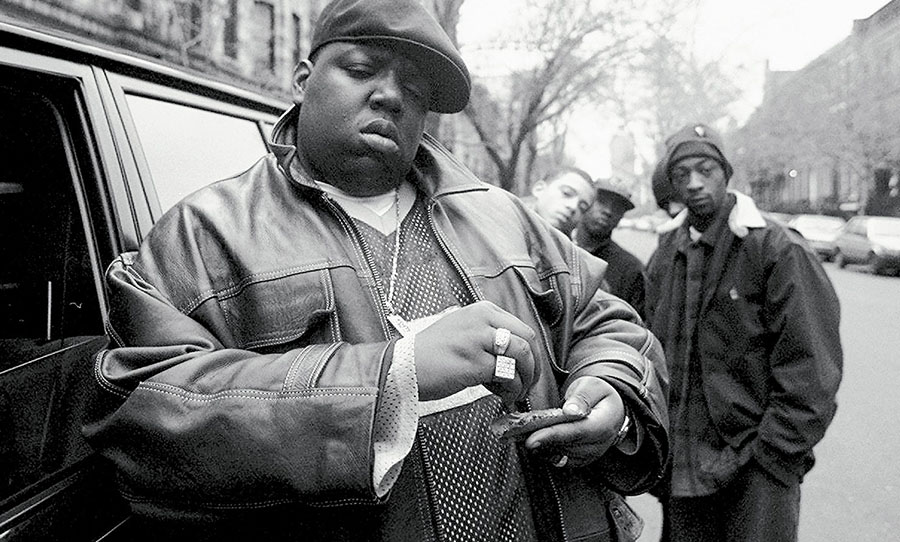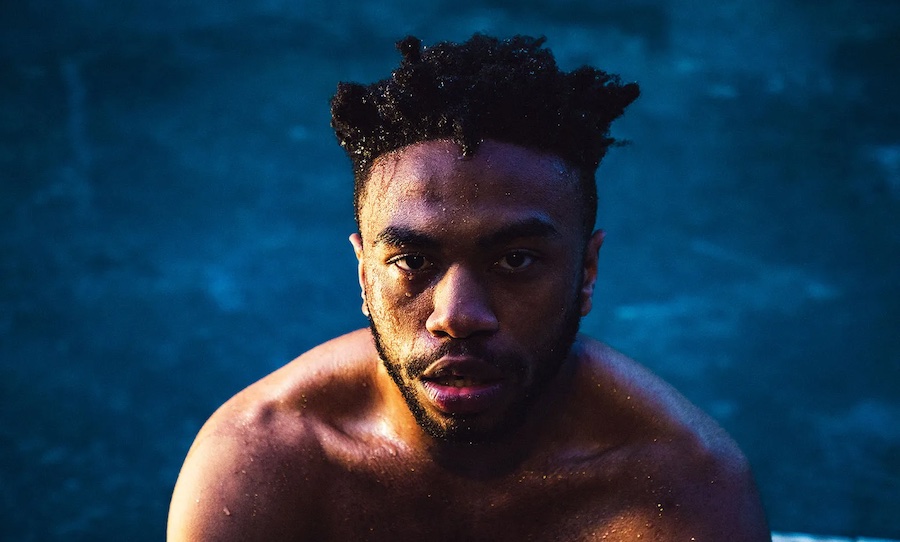With Ready to Die, Biggie Small’s crafted the gold standard of East Coast rap, the echoes of which hit you hard in the chest even today.
Ready to Die is one of the most explosive debut albums of the east coast hip-hop scene of the 1990s, marking the beginning of The Notorious B.I.G.‘s short but significant career. The fabled concept album accounts the early life of Christopher Wallace, aka Biggie Smalls, aka The Notorious B.I.G. Making use of infectious funk rhythms, smooth lyricism and spoken word scenes throughout, the album’s narrative of birth to a suicidal end helps to explore Biggie’s real-life experiences of gang violence and family struggles.
Ready to Die, released in 1994 by Bad Boy Records — a label run by Sean ‘Puffy’ Combs or P. Diddy — earned Biggie a place as the face of the east coast rap scene, pitting the album against Dr. Dre’s Death Row and Snoop Doggy Dogg’s Doggystyle. Even over a quarter-century after its release, Ready to Die still maintains the sonic relevance it had at release.

Photo: Photo: Mary Evans/FILMFOUR/LAFAYETTE FILMS/Ronald Grant/Everett Collection
At the time of recording Ready to Die, Biggie was in his early 20s, busy taking care of his sick mother, had a baby daughter to feed, and was involved in activities that meant that death could come at any time. But Biggie wasn’t afraid of dying and continued to stare it in the face until his passing in 1997. The entire album, from its title Ready to Die, to its lyricism and attitude, is imbued with his fearlessness, resulting in the power to hype and power up its listeners.
Ready to Die’s power comes largely from its contextual exploration. The first track Intro acts as a primer for the rest of the album, exploring Biggie’s upbringing. It begins with his birth in 1972, to Curtis Mayfield’s Superfly, before then transitioning to a scene of his arguing parents 7 years later who are overheard saying “You can’t control that boy!” and “he’s a dumb motherfucka”.
The next scene sees Biggie convince a friend to help him rob a train, and finally, his release from prison after a nine-month sentence. The final lines of Intro are some of the most important of the album, recreating a conversation between Biggie and a prison guard.
“So how does it feel leaving us?”
“Huh! What kind of fucking question is that? I’m trying to get the fuck up out this joint dawg!”
“Yeah, you’ll be back! You n****s always are!”
“You won’t see me up in this muthafucka no more! I got big plans n****! Big plans! Hahahaha!”
Biggie was ready to shake the world to its core, like a semi-trailer, horn screaming and brakes cut.

Photo: Jim Smeal/Getty Images
The entirety of Ready to Die feels like a heartbeat, the different rhythms marking changes in intensity that reflect the lyrical context. The album’s 18 tracks act like short stories that explore the very real experiences of its creator. Straight out the gates is Things Done Changed, a dark track that takes the listener into Biggie’s troubled mind. His entire neighbourhood is now clouded by a storm of gunfire and death, a stark difference to his fond memories of backyard barbecues.
“Lounging at the barbecues, drinking brews
With the neighborhood crews, hanging on the avenues
Turn your pages to 1993
N****s is getting smoked, G, believe me”
P. Diddy’s played no small role in the album’s production and its subsequent wide appeal and commercial success. While Biggie’s power to captivate the listener comes largely from his in your face and thuggish sound, Diddy ensured that the album had a balance of tracks focused more around hooks and radio playability, to entice audiences. While this frustrated Biggie, some of the albums most notable tracks such as Juicy and Big Poppa are the result of these decisions.
While Ready to Die was Biggie’s first and final album, and its long track-list is frozen in time, a perfect snapshot of the late rappers life. However, certain aspects of the album have not aged particularly well. Ready to Die is littered with crude sexism and skits that can be an uncomfortable listen in-between the rhythmic fire and storytelling substance of the rest of the album.
For example, a track titled Respect ends with a close mic’d recording of simulated fellatio, achieving little more for the album than disgusting the listener. Furthermore, due to several copyright issues concerning some of the samples used, the versions able to be heard today are different to the original tracks.
But then there are the moments of triumph: the cuts that placed Biggie at the centre of the rap world when he was alive and ensured that — even in death — his artistry would be forever celebrated. Arguably the most notable track of the album, Juicy, is a nod to his origin story, a shoutout to those struggling and a not so subtle reminder to everyone around him, of what he’s done to achieve greatness.
“Yeah, this album is dedicated
To all the teachers that told me I’d never amount to nothin’
To all the people that lived above the buildings that I was hustlin’ in front of
Called the police on me when I was just tryin’ to make some money to feed my daughter (it’s all good)
And all the n****s in the struggle
You know what I’m sayin’? It’s all good, baby baby”
Juicy in many ways can be thought of as the quintessential song of the album, Biggie’s love letter to himself and what he’s achieved. Despite not originally wanting the track on the album, it shouts out loud to the world that Biggie is here, and he’s an unstoppable force.
Ready to Die rightfully has earned its place as an iconic piece of rap history that shaped the east coast hip hop scene. Biggie’s crowning achievement is now older than he was when he died and still remains relevant and fresh, regardless if it’s your first or fiftieth listen.



